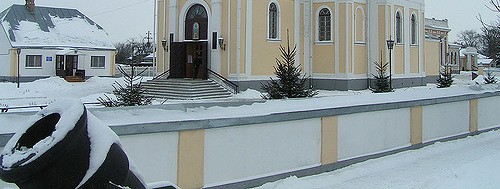Albania
Salt intrusion Albania
Vulnerabilities
Freshwater inland resources can be contaminated due to the intrusion of saline water, both underground and on surface, increasing drought problems (e.g. experienced in 2003 in the southern region of the Venice lagoon), both for human use and agriculture production (1).
Along the Adriatic and the Mediterranean, storm surge and saltwater intrusion into aquifers threaten parts of the Croatian, Albanian, and Turkish coasts (2). Problems of saline intrusion would be further exacerbated by reductions in runoff and by increased withdrawals in response to higher demand. Excessive demand already contributes to saline intrusion problems in many coastal areas of Italy, Spain, Greece and North Africa (3).
The coasts have started to erode along almost the entire Adriatic coastline in Albania due to sea level rise. In some places the sea has advanced more than 50 m inland, destroying the coastal forests and vegetation, and increasing the salinity in the lagoons and fields near the coast. Sea level rise has wreaked havoc on the beautiful Mediterranean Pine forests that cover the Adriatic coast in Albania. Most of the trees that are found on the coastal margins are dying from increasing salinity. In other places, especially in villages near the coast, the salinity in the soil and in the water wells has increased significantly, damaging the small rural economies along the coast (4).
Salt water intrusion due to sea-level rise is mostly a very slow process that may take several centuries to reach equilibrium (5). Even small rates of groundwater pumping from coastal aquifers are expected to lead to stronger salinization of the groundwater than sea-level rise during the 21st century (6).
References
The references below are cited in full in a separate map 'References'. Please click here if you are looking for the full references for Albania.
- Eisenreich (2005)
- http://www.worldbank.org
- Aru (1996), in: Karas (2000)
- Mátyás (2010)
- Webb and Howard (2011), in: IPCC (2014)
- Ferguson and Gleeson (2012); Loaiciga et al. (2012), both in: IPCC (2014)







